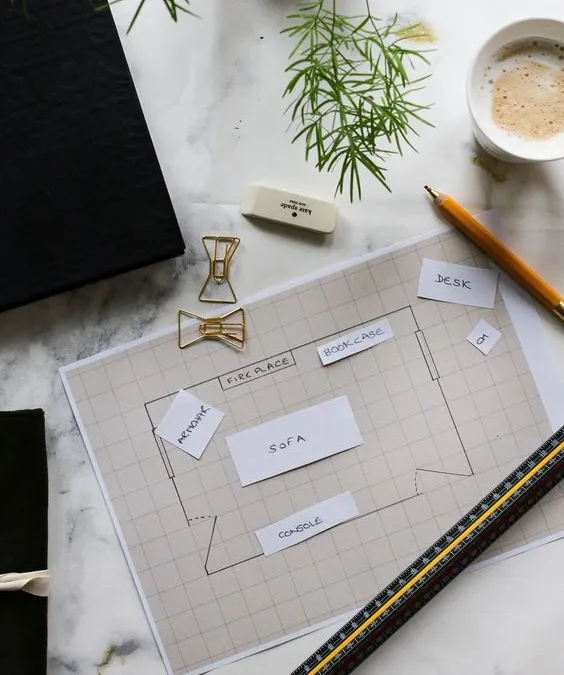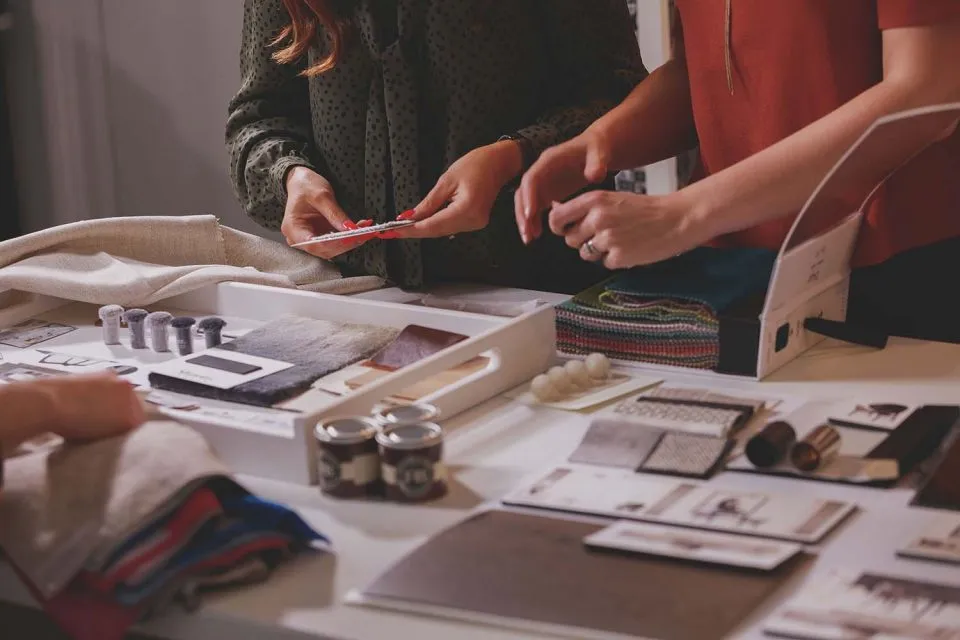Blog Details
The Interior Design Process

Do you need an interior designer?
You may know what you want but aren’t quite clear where to begin. An experienced designer will guide you through the design process with a well-thought-out plan to help you avoid costly mistakes such as furniture that is too large, colors that are not dynamic, and contractors who don’t do quality work. They will suggest new ideas and solutions.

The Goal
The goal is to stop common pitfalls and costly mistakes. An experienced interior designer will assist you throughout the number of project phases so that you feel comfortable with your decisions. They are going to work with you to make sure your project is not only beautiful but practical and functional.
There are a few steps that are included in this process. They are as follows:
Initial Consultation
A meeting is held at the project site to see the space and talk about the functions of space and design style. This process allows ideas to be formulated. It includes analyzing an idea book that illustrates a variety of design styles and color schemes. A designer will then analyze the results to determine a specific style so that space is a reflection of you and your personality.
Design and Proposal Fees
Based on the initial consultation, a detailed proposal that outlines the scope of work to be performed is presented. Depending on the scope of the work, there are two types of fees. A 1-time design fee or flat fee or an hourly fee. Typically a retainer is needed at this time before proceeding with the project. More detailed questions regarding your needs, utilization of space, and budget also are discussed.
Detailed Measurements
After the proposal is accepted, a follow-up consultation takes place for accurate measurements and evaluation of existing conditions and furnishings. If there are blueprints for the project they should be handover at this time.
Space Planning
A two-dimensional space plan is proposed and discussed to address particular requirements and functions of the area being designed.
The Conceptual Presentation
Based on prior meetings, a prior conceptual design scheme is presented. Various elements are interpreted with photos, sketches, magazine shots, and samples of finishes, such as flooring, countertops, cabinetry, wall and window treatments, lighting, and hardware to help visualize the overall plan. Once the concept has been confirmed and endorsed, several meetings may take place in showrooms or on the project site to view additional samples. Specific details are discussed in greater depth during this stage
Budget/Estimate
A preliminary budget is prepared based on the materials and design ideas suggested during the concept presentation. The budget is reviewed and analyzed at this time. Once items are agreed upon, purchase orders are made and placed with manufacturers and contractors. Follow-up on orders includes tracking and lead times, deliveries, and coordination of contractors.
Project Management
Contractors are recommended based on the project. The contractor will provide an arranged bid based on current market values and a remodeling project timetable is evaluated. Pre and post-construction appointments and onsite visits during construction are conducted, ensuring the fulfillment of design intent and maintenance of quality levels.
Installation
Oversight of actual furniture placement and installations are overseen and confirming proper locations and quality.